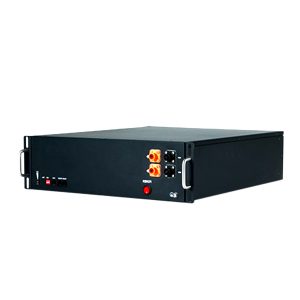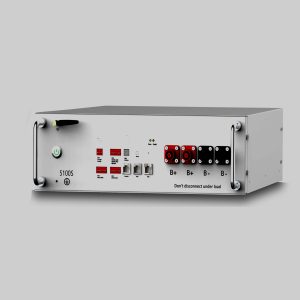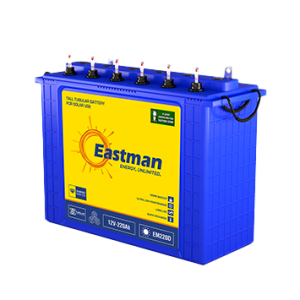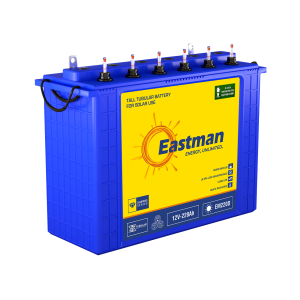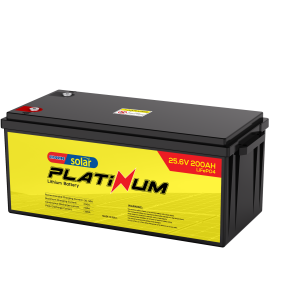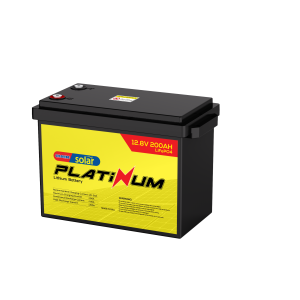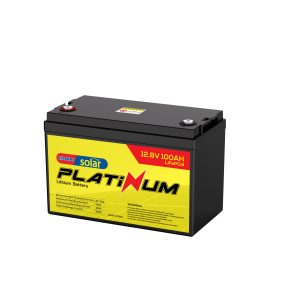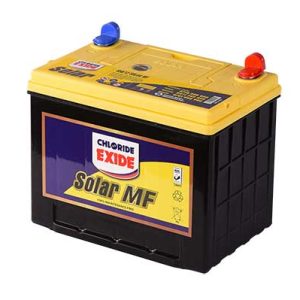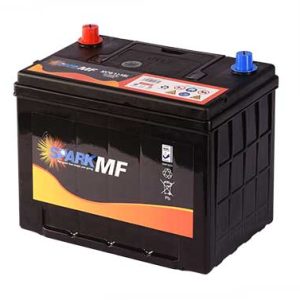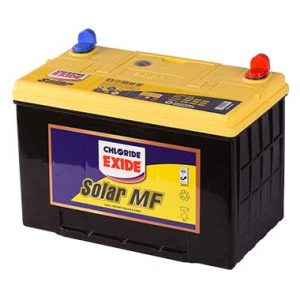-
KSh150,000.00
KSh210,000.00 -
KSh140,000.00
KSh180,000.00 -
KSh45,000.00
KSh60,000.00 -
KSh35,000.00
KSh45,000.00 -
KSh85,000.00
KSh105,000.00 -
KSh45,000.00
KSh50,000.00 -
Platinum Lithium Battery 12.8V 100AH
🔋Get reliable power with the Platinum Lithium Battery 12.8V 100AH. Perfect for solar energy systems, RVs, marine applications, and backup power. Lightweight, fast-charging, and maintenance-free. Enjoy extended use, superior safety, and an eco-friendly choice. Order now for consistent, efficient power.
KSh30,000.00KSh35,000.00 -
KSh6,000.00
KSh9,000.00 -
KSh9,000.00
KSh12,000.00 -
KSh13,000.00
KSh16,000.00 -
KSh19,000.00
KSh23,000.00 -
Solar Battery SPARK MF026 12V
Introducing the Solar Battery SPARK MF026 12V – the ideal solution for efficient solar energy storage. This battery features high energy density, rapid charging, and minimal maintenance, making it perfect for both residential and commercial solar setups. Its robust design ensures durability and reliability in all weather conditions. Choose SPARK MF026 12V for consistent, eco-friendly power.
KSh6,000.00KSh8,600.00 -
Solar Battery SPARK MF050 12V
Presenting the Solar Battery SPARK MF050 12V – a top-tier energy storage solution. This battery features high energy density, rapid charging, and a spill-proof design, making it ideal for residential and commercial solar systems. Its robust construction ensures durability and reliability. Choose SPARK MF050 12V for efficient, eco-friendly power.
KSh9,000.00KSh12,000.00 -
Solar Battery SPARK MF075 12V
Introducing the Solar Battery SPARK MF075 12V – a premium energy storage solution. This battery features high energy density, rapid charging, and a durable design, making it ideal for both residential and commercial solar systems. Its eco-friendly materials and minimal maintenance requirements ensure reliable and sustainable power. Choose SPARK MF075 12V for efficient and dependable energy storage.
KSh13,000.00KSh16,000.00 -
Solar Battery SPARK MF100 12V
The Spark MF100 12V Solar Battery is a maintenance-free, deep cycle battery designed for solar energy systems and home backup power. It features a 12V output and 100Ah capacity, with a sealed, non-spillable design. This battery is built to withstand frequent charging and discharging cycles, ensuring long-lasting performance and reliable power storage. It’s ideal for off-grid solar installations, RVs, and backup power solutions.
KSh17,000.00KSh21,000.00 -
Solar Battery POWERLAST MF026 12V
The POWERLAST MF026 12V solar battery offers reliable, maintenance-free energy storage with fast charging, durability, and eco-friendly performance.
KSh7,000.00KSh10,000.00 -
Solar Battery POWERLAST MF075 12V
Discover reliable solar power with the POWERLAST MF075 12V Solar Battery. This high-performance, maintenance-free battery delivers consistent and efficient energy storage. Perfect for various solar setups, it withstands extreme weather conditions, ensuring long-lasting performance. Its compact design and built-in safety features make it a top choice for powering homes, offices, and industrial setups. Choose the POWERLAST MF075 for a sustainable and dependable energy solution.
KSh14,000.00KSh18,000.00 -
Solar Battery POWERLAST MF050 12V
The POWERLAST MF050 12V Solar Battery delivers reliable and efficient energy storage for homes, offices, and industrial setups. It features a high discharge rate, maintenance-free design, and advanced safety features, making it a top choice for solar energy systems. With its durable construction and compact design, the MF050 ensures consistent performance in all weather conditions. Choose the POWERLAST MF050 for a dependable and eco-friendly energy solution.
KSh11,000.00KSh15,000.00
Batteries stores chemical energy and converts it to electrical energy. It powers various devices and systems, from small gadgets to large vehicles. Batteries come in many shapes and sizes.
A typical battery has three main components. These are the anode, cathode, and electrolyte. The anode and cathode are materials that undergo a chemical reaction. The electrolyte is the medium that allows this reaction to occur.
When a battery is in use, electrons flow from the anode to the cathode. This flow generates an electric current. The device connected to the battery uses this current for power.
Primary batteries are single-use and cannot be recharged. They are ideal for devices that require a constant, reliable power source. Examples include alkaline and zinc-carbon batteries.
Secondary batteries are rechargeable. They can be used multiple times. This makes them perfect for devices with high energy demands. Examples include lithium-ion and nickel-metal hydride batteries.
Lithium-ion batteries power many modern devices. These include smartphones, laptops, and electric vehicles. They offer high energy density and long life.
Nickel-metal hydride batteries are used in hybrid vehicles and other high-drain applications. They are known for their reliability and durability.
Lead-acid batteries are commonly used in cars and backup power systems. They are robust and cost-effective.
Rechargeable batteries are an eco-friendly choice. They reduce waste and save money in the long run.
Batteries are essential in our daily lives. They enable portable power and are crucial for modern technology. From powering small electronics to large systems, batteries play a vital role.
Stay powered with the right battery for your needs. Explore our range at Solarvet supplies and find the perfect fit. Thank you for choosing our products!


